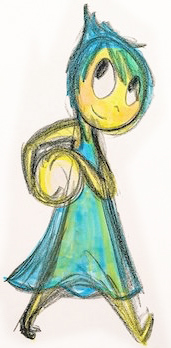 This week, the Cannes Film Festival was home to the premiere of Inside Out, the new film by Pixar Animation Studios, and one of its best-reviewed pictures. The film is playing out of competition, as has been the recent tendency of most Hollywood products, and animation in particular. It has been a special habit of films made by DreamWorks Animation in the 21st Century, with all sorts of things from Spirit: Stallion of the Cimarron in 2002 up to How to Train Your Dragon 2 last year muscling their way onto the Croisette.
This week, the Cannes Film Festival was home to the premiere of Inside Out, the new film by Pixar Animation Studios, and one of its best-reviewed pictures. The film is playing out of competition, as has been the recent tendency of most Hollywood products, and animation in particular. It has been a special habit of films made by DreamWorks Animation in the 21st Century, with all sorts of things from Spirit: Stallion of the Cimarron in 2002 up to How to Train Your Dragon 2 last year muscling their way onto the Croisette.
There has, however, been a small but meaningful history of animated movies to have been given slightly more honorable treatment, and allowed to play in the big kids’ sandbox. Since the festival’s first edition in 1946, there have been seven animated features entered into the main competition, if my count is right, and they make for a fascinating cross-section of how the international cinema scene regarded the state of that particular art across the years. Here, in order, are those seven films.
Make Mine Music (1946)
The eighth feature made by the Disney studio, and the third of that company’s dubious “package films”, attempts to make entire features by jamming a bunch of short films into one vague thematic frame. Like any anthology, it has peaks and valleys, though the latter dominate, and the film is infinitely less impressive than its quasi-sequel Melody Time. Let us not be baffled by its Cannes slot; this was the fest’s first year & they were figuring it out, everybody loves Disney, and it’s a nice post-war feel-good effort. It won Best Animation Design, a discontinued award.
six more after the jump including Persepolis and... Shrek 2 (!?)
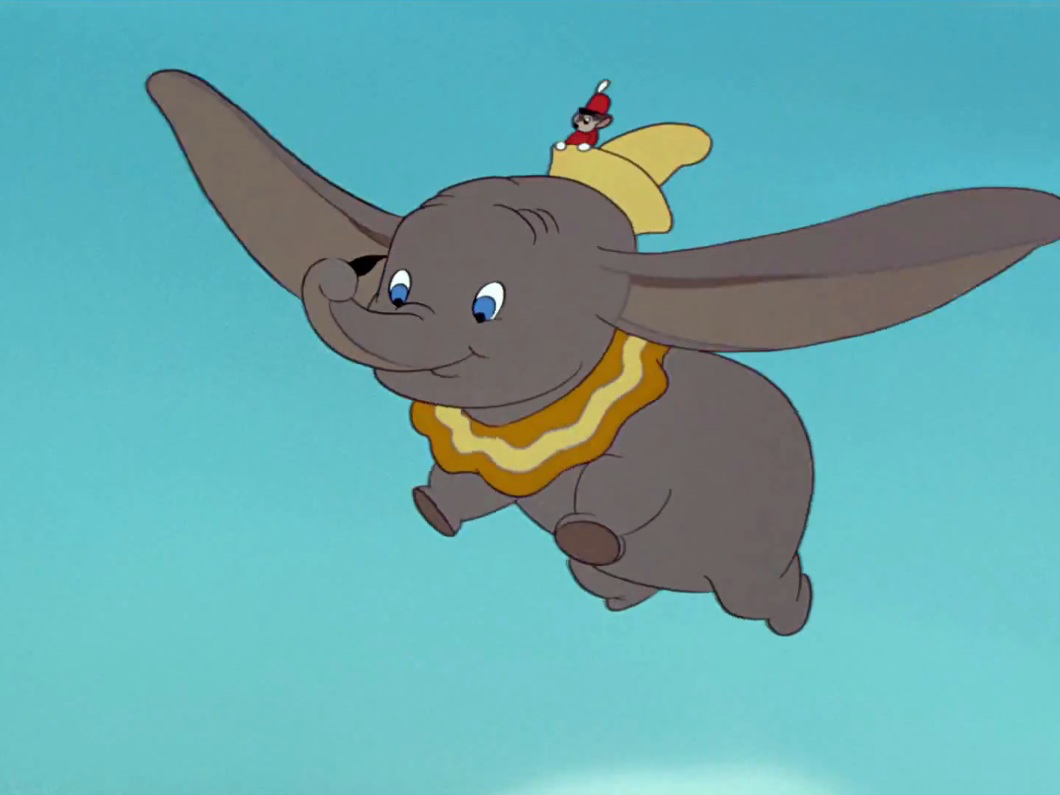
Dumbo (1947)
The fourth feature made by the Disney studio, and no, your math isn’t wrong. Without knowing the history, I presume that this was a holdover from Hollywood’s inability to distribute films in Europe during World War II, and giving the film a six-years-later festival slot was a way of showing the French what they’d been missing during the Occupation. If, for whatever reason, you haven’t seen this effortless fable of self-reliance, changing that fact should be an immediate priority. Yes, even with the unmistakably bleak racially stereotyped crows in the last third. This won the same design award, which was never given again afterward.
Peter Pan (1953)
The French intelligentsia sure used to love Disney, apparently. Times do change. More artistically confident than Cinderella and more coherent than Alice in Wonderland, this is the film with which Disney firmly re-cemented its role as America’s premier animation company after the war years, as well as being the last movie to showcase the sublime artistic concepts of Mary Blair, who spent her time after this working in Disney’s theme parks and as a freelance graphic designer. It’s not, to my mind, top-tier Disney, but it holds up well in the context of their ‘50s and ‘60s films.
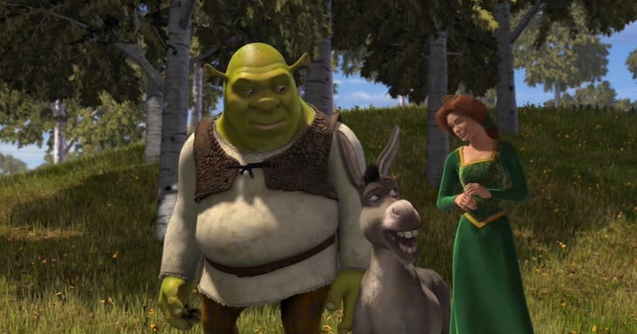
Shrek (2001)
And then followed a half-century of the ghettoization of animation as junk for children. Breaking that barrier at Cannes took DreamWorks’s brazen, highly ironic satire of fairy tale morality and pandering children’s entertainment. It’s easy to see how the film’s ultra-contemporary attitude endeared it to the programmers more than a Disney princess musical, and at the time, the film was heavily praised for its state-of-the-art animation. Time has blunted its visual appeal considerably, though, and its rankling that DreamWorks got a film into Cannes before Pixar did.
Shrek 2 (2004)
I don’t know how many times a film and its sequel were both in competition at Cannes, but surely it can’t have happened too often. On paper, it makes much more sense for this kind of privileged spot: in the wake of the first movie, Shrek 2 was a hugely anticipated event (and it lived up to that anticipation with some of the biggest box office numbers in history), and DreamWorks still seemed like a great hope for a more sophisticated kind of animated storytelling. The years - and more to the point, an army of imitators cranked out by the same studio - haven’t been especially kind to it, but it’s far from the most obnoxious Hollywood tentpole to show up in competition.
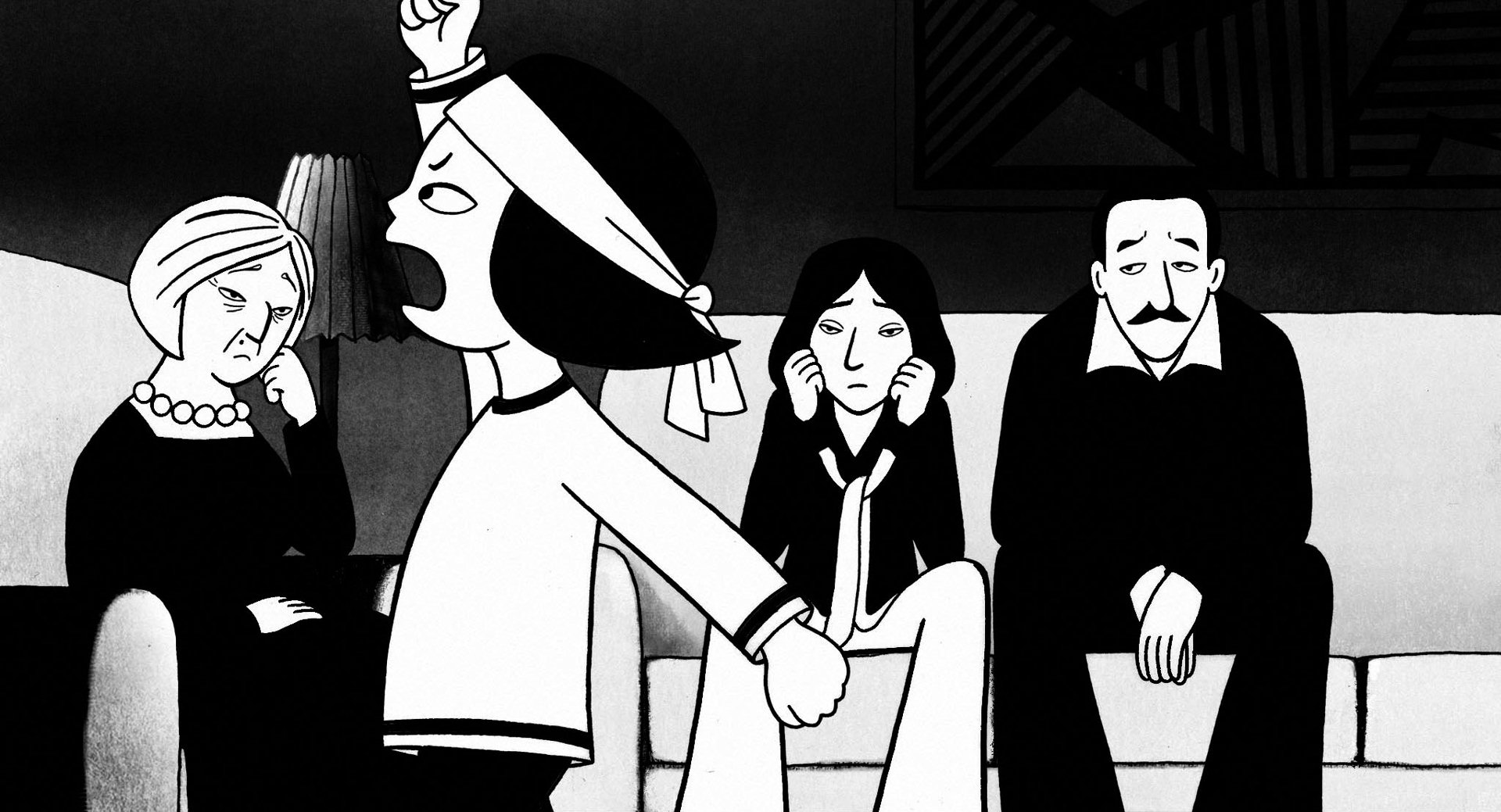
Persepolis (2007)
And now for something different: an animated movie that actually feels like it belongs at Cannes, just 61 years later. Marjane Satrapi and Vincent Paronnaud’s adaptation of Satrapi’s graphic novel memoir is an energetic study of Iranian life from an angle that not nearly enough Western audiences have seen, spiked with sharp humor and brought to life in gorgeously crisp black and white cartoon drawings. It’s one of the essential animated films of the 2000s, and for its pains was nominated for the Best Animated Feature Oscar as well as tying for the Cannes Jury Prize
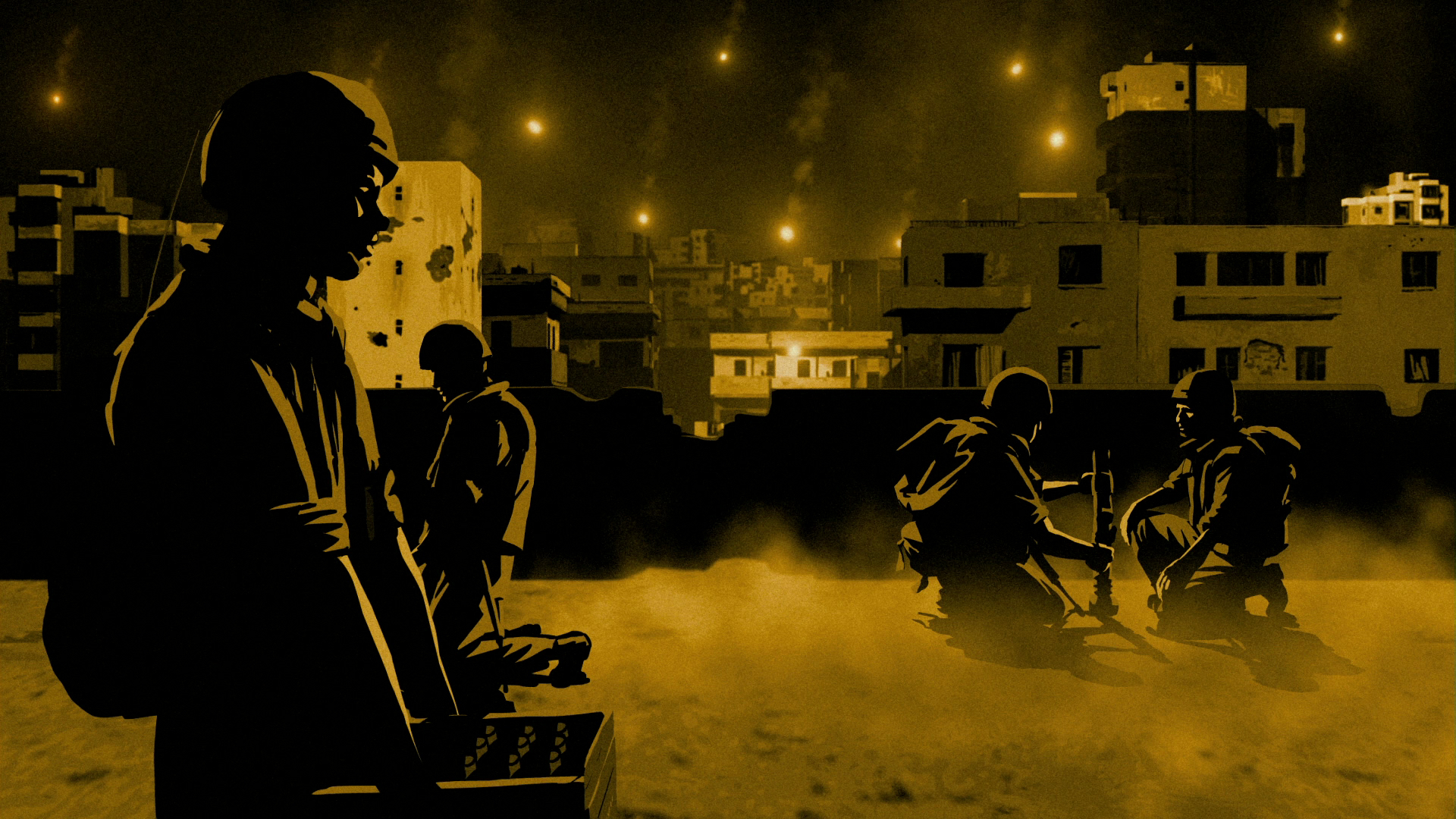
Waltz with Bashir (2008)
A dreamy mix of documentary, memoir, and narrative, the film that brought Israeli animation back to life managed the extraordinary rare feat for an animated feature of nabbing an Oscar nomination for Best Foreign Language Film. And it’s one of those cases where nominating the film classed up the Academy more than the Academy classed up the movie. Stylistically and structurally, this is one of the most adventurous animated films of modern times, challenging and morally complicated, and one of the finest arguments in favor of animation as a medium for grappling with adult topics in a way that live-action couldn’t.

About the Author ...You can read about all the Film Experience contributors at our "About" page
 Tim Brayton (Tim’s Toons) Tim discovered he was a cinephile after accidentally watching all three and a half hours of Seven Samurai in one sitting a the delicate age of 14. Many years later, he spends all his time devouring everything from trashy horror to glossy Hollywood classics to, of course, animation past and present, which he writes about for the Film Experience. He also reviews films most days at his inexplicably-named blog, Antagony & Ecstasy.
Tim Brayton (Tim’s Toons) Tim discovered he was a cinephile after accidentally watching all three and a half hours of Seven Samurai in one sitting a the delicate age of 14. Many years later, he spends all his time devouring everything from trashy horror to glossy Hollywood classics to, of course, animation past and present, which he writes about for the Film Experience. He also reviews films most days at his inexplicably-named blog, Antagony & Ecstasy.